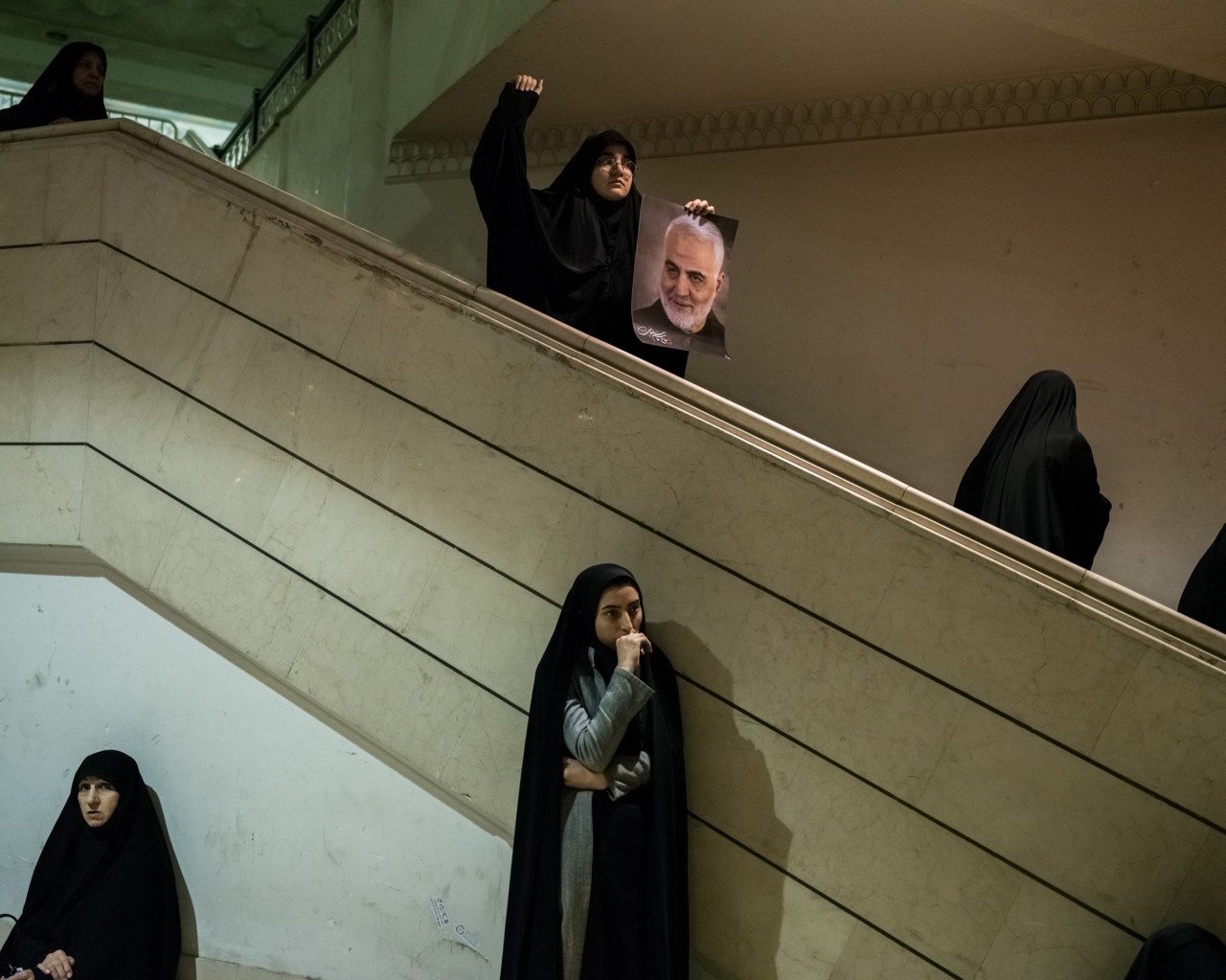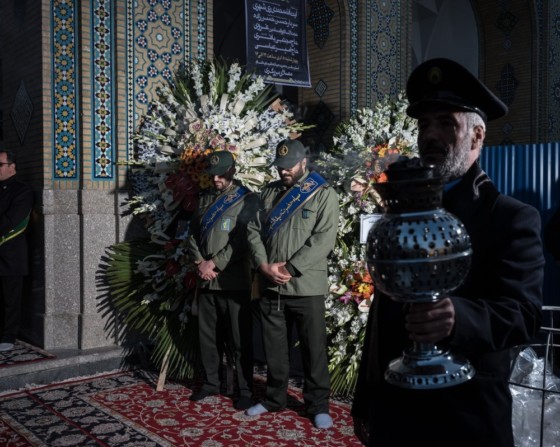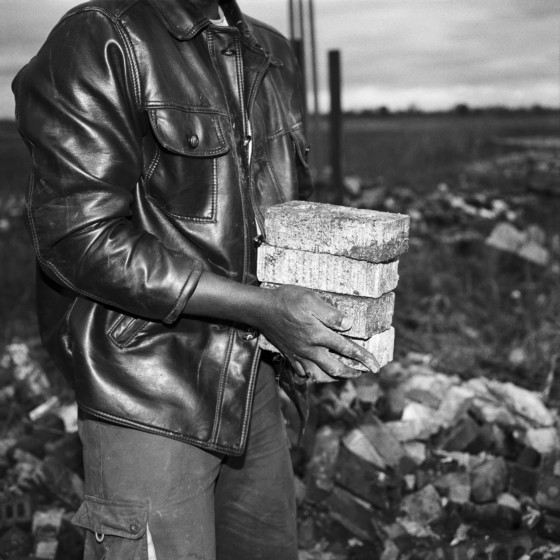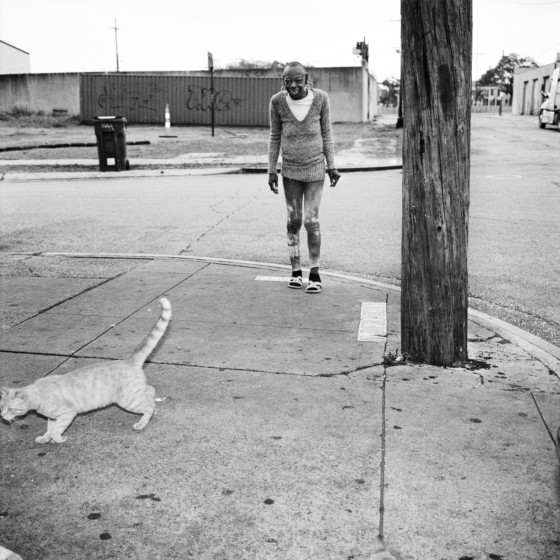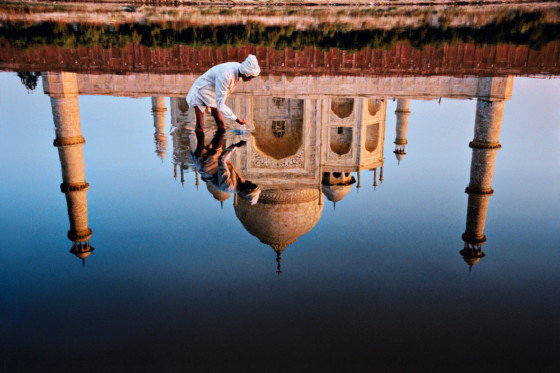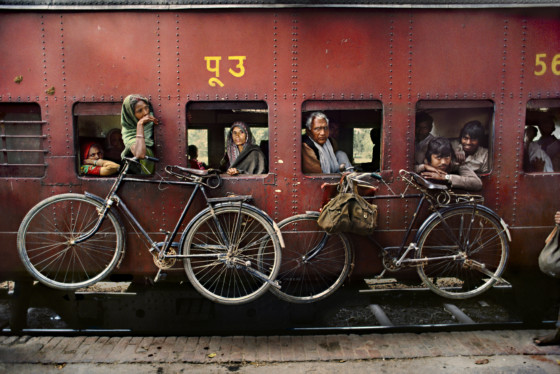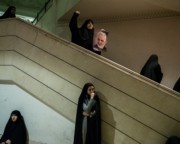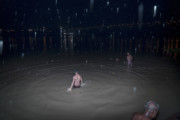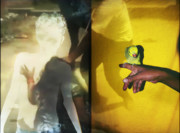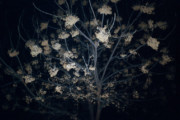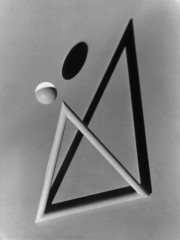The Magnum Digest: January 17, 2020
Tehran's grief for Soleimani as photographed by Newsha Tavakolian, Sohrab Hura's road-trip along the Mississippi, Steve McCurry's India book featured on Forbes, plus more this week
Newsha Tavakolian photographs the mourning of Soleimani for TIME
Newsha Tavakolian has documented Iran’s mass public response to the recent killing of celebrated military leader Qasem Soleimani. Tavakolian’s photographs accompany notes on her own immediate reactions to the news, the transformation of Tehran during the country’s official days of mourning, and the enormity of Soleimani’s funeral procession. “Iranians are very good at mourning and grief”, writes the photographer.
See the piece here. View Tavakolian’s work documenting her homeland here, on Magnum.
Sohrab Hura’s project, The Levee, on the South China Morning Post
“Just as it had been with my father, there was always a levee between the river and me.” So says Sohrab Hura about creating his project documenting the towns of the Southern United States along the Mississippi River. The photographer embarked on journey in response to a personal promise he made to his father. He was accompanied by Magnum photographers Alec Soth and Jim Goldberg.
The South China Morning Post has published a feature on the project. Read it here.
Steve McCurry’s book on India, featured in Forbes
Steve McCurry’s newly-reissued publication featuring his body of work made in India appears on Forbes’ 2020 travel-focused inspirational reading list. The book sees the photographer employing his famously vivid style in depicting the country through 150 photographs taken over several decades: McCurry first travelled to the country in 1978.
Read Forbes’ list here.
Bruce Davidson’s Welsh mining village in The Guardian
Bruce Davidson’s photograph taken near Cwmcarn, Wales, is featured in The Guardian this week. The photographer relates the story behind the image, taken on his second visit to the mining village – inspired by a warning from his sergeant during the photographer’s time in the military who had informed him that it was the place to which he would most readily send his “worst enemy”. See the piece, on The Guardian, here.


